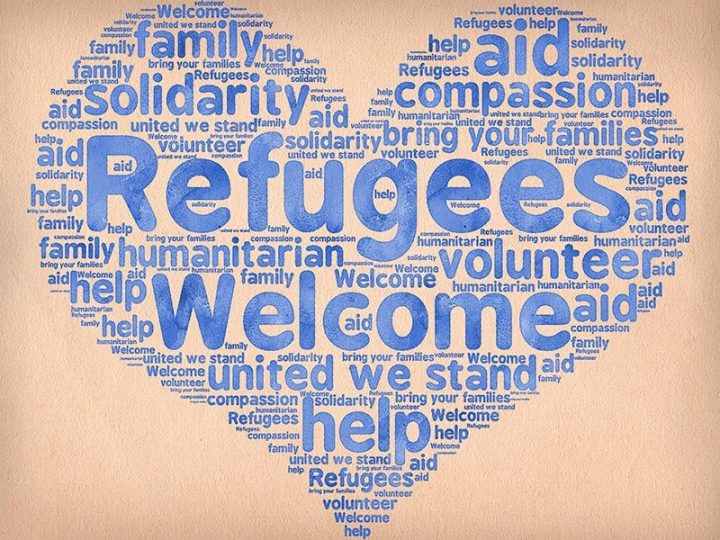By Dr Jeff Crisp | Refugee Law Initiative
19 Jun 2019 – Many of the world’s 25 million refugees are confronted with the prospect of a life in limbo. They are unable to go back to their own country because of continued persecution or violence there. They do not have the option of becoming citizens in the state that has offered them asylum. And they are unable to move on to another country because they lack the passports and visas that would allow them to do so.
Rather than languishing indefinitely in camps, refugees frequently take steps to find solutions for themselves. In many cases, they leave the organized settlements in which they have been placed and take up residence in an urban area. Around 75,000 refugees live in the Kenyan capital of Nairobi, for example, despite the government’s policy of ‘strict encampment’ and its periodic efforts to relocate them to camps in remote rural areas.
Surviving in a city can be difficult, however, especially when – as if often the case – refugees are unable to obtain the residence, work and business permits they need to become self-reliant. Even in countries where refugees are entitled to use public services such as education and healthcare, they can find themselves excluded because they cannot afford the fees they are charged, are unable to speak the local language or because they are discriminated against.
In such difficult circumstances, refugees often resort to other strategies. These include finding a niche in the informal sector of the economy, establishing close social relations (through marriage, for example) with the host community, or by enjoying the protection of local elites with whom they share an ethnic, religious or political affinity.
In some situations, refugees are also able to acquire national identify documents, either by bribing local officials or by offering electoral support to influential politicians. In Gedaref, eastern Sudan, for example, around 60% of the Eritrean refugees are thought to have Sudanese identity cards, allowing them to avoid the restrictions on employment and use of agricultural land that they would otherwise experience.
For some refugees, moving to a city is just the first step in a much longer onward journey. South Africa, for example, has a population of around 30,000 Somali refugees, while large numbers of Eritreans have made their way to Egypt and Israel.
Adopting mobile and transnational lifestyles is another common strategy in situations where the traditional solutions are not available. Many Afghans, for example, move regularly between Pakistan, Iran and their homeland, depending on the changing opportunities and risks that exist in those countries.
Afghan households also try to maximize their gains and minimizes their losses by means of geographic dispersal. While some family members stay at home or move to a neighboring country, others will travel to Europe to seek asylum or become contract workers in the Gulf States.
While the steps that refugees take to avoid a life in limbo should be recognized, the limitations of those efforts must also be acknowledged.
The solutions that refugees find for themselves are not necessarily durable or permanent. Indeed, they can be fragile and reversible. Rather than being embedded in a solid legal framework, they are often contingent on the goodwill, neglect or corrupt nature of other actors. They can lead to the long-term separation of household members and oblige refugees to dispose of scarce assets in order to finance expensive journeys facilitated by unscrupulous smugglers, brokers and border guards.
In the worst case scenario – Libya being a case in point – refugees might set out to find a more secure and prosperous way of life, but instead find themselves taken hostage, locked up in an abusive detention center or risking their lives on an overcrowded rubber boat.
To avoid such deadly scenarios, greater efforts must be made to enable refugees to exercise their rights and establish sustainable livelihoods in the countries where they have first found asylum.
At the same time, the international community should recognize the growing mobility of the world’s refugees, providing them with opportunities to move in a safe and legal manner. In this respect, resettlement programs, family reunification initiatives, educational scholarships and employment placements all have an important role to play.










